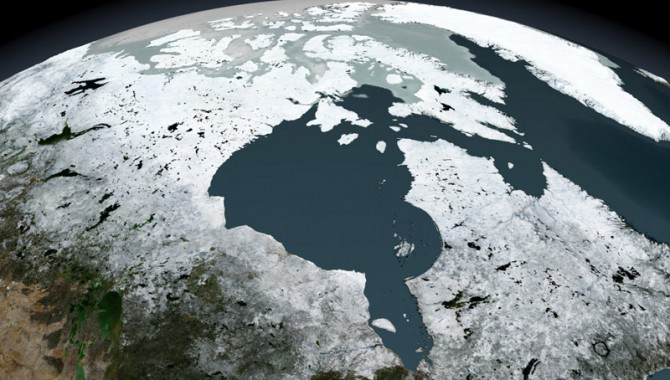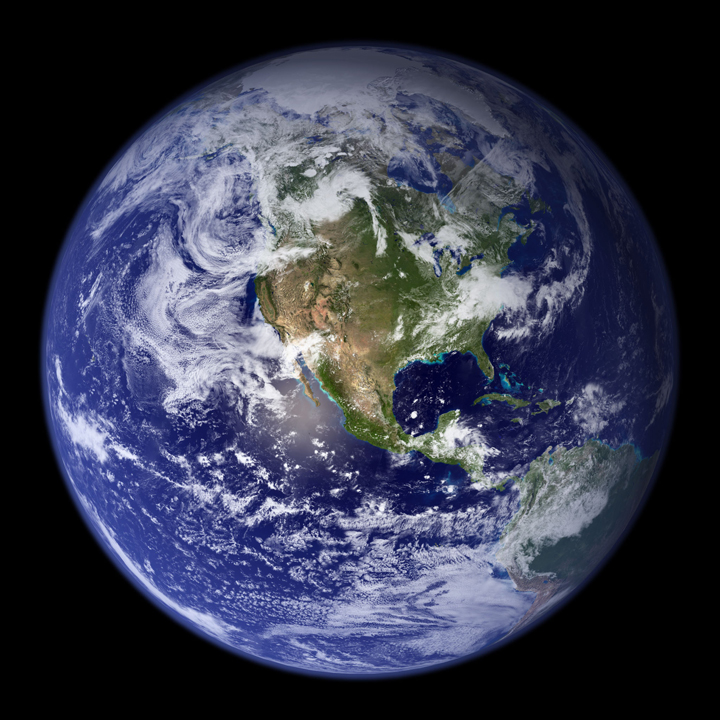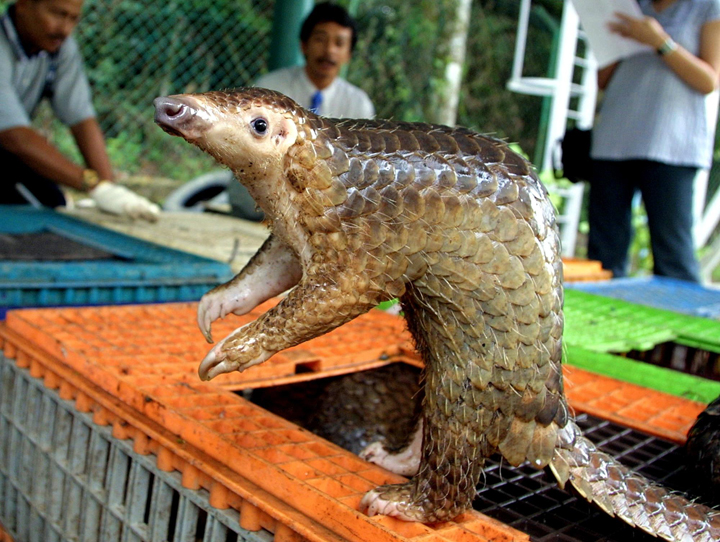This is the only planet humans have ever called home. But, as with most things, we tend to take it for granted.

On this Earth Day, we take a look at five things you probably didn’t know about our pale blue dot.
1. In one teaspoon of soil, there are more microbes than there are people on Earth
We walk on it, dig it up, plant in it, but rarely do we stop and think about what is in the soil beneath our feet.
First of all, there is a difference between dirt and soil. Dirt has no living organisms in it, while soil does. A lot of organisms.
In just one teaspoon of soil, you can find anywhere from tens of millions to one billion bacteria. There are thousands of species of protozoa (single-celled organisms), fungi, mites and more.
And that thriving, complex system is vital to us: it is second only to the ocean when it comes to being a carbon sink.
2. Water accounts for less than 1 per cent of Earth’s mass
You likely know that our planet is made up of more than 70 per cent water.
But all that abundance of water only makes up about 0.04 per cent of the mass of our planet.
Just over 96 per cent of the water is contained in oceans, seas and bays (accounting for 0.02 per cent of the mass), while freshwater lakes only make up about 0.007 per cent of all water on Earth.
3. Parts of Canada have less gravity than the rest of the planet
Our country is a puzzle to scientists.
In the 1960s, while Earth’s gravity maps were being charted, it was discovered that the Hudson Bay region had less gravity than anywhere else on Earth. Now, the difference is slight, about one part in 25,000, but no one understands why.

Gravity isn’t uniform around Earth. Our planet bulges somewhat. But gravity is proportional to mass. The larger an object, the more pull it has. But for the Hudson’s Bay area, this wasn’t the case.
Recent studies have suggested that it could be that the mantle rocks beneath are falling downward. Another theory suggests that during the Ice Age, about 20,000 years ago, the glaciers pushed down on the crust and it hasn’t come back up yet.
4. 95 per cent of our oceans remain unexplored
While space is considered the “final frontier” for many, there is a much closer region of our solar system that remains unexplored: our oceans.
About 95 per cent of the ocean hasn’t been explored, with about 99 per cent of the ocean floor remaining a mystery to us.
The problem is two-fold: for one, our oceans are vast, accounting for more than 70 per cent of our planet. Another is that accessing regions is difficult for us: we weren’t built to live under water, so tools and technology are needed to assist us.
5. There are about 8.7 million species on Earth
In 2011, a study estimated that there are about 8.7 million species on our planet — including animals, plants, fungi and protozoa — with 6.5 million on land and 2.2 million in our oceans.
But that amazing part is that we know a fraction of them.
The study found that 86 per cent of species on land and 91 per cent in oceans have yet to be discovered.
So how could the researchers calculate the number of species on Earth if most of them are unknown? They used 253 years of taxonomy. Essentially, they took the number of species catalogued to date (about 1.25 million) and analyzed numerical patterns within the classification system. And of course, there is a margin of error of about 1.3 million.
Either way, our planet — the only one in our solar system we know of that holds life — is a vibrant, complex system teeming with life. We need to take care of it.






Comments